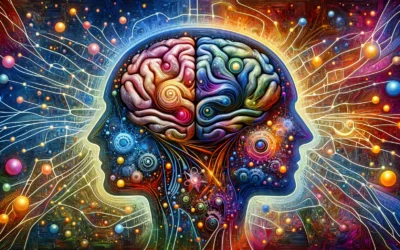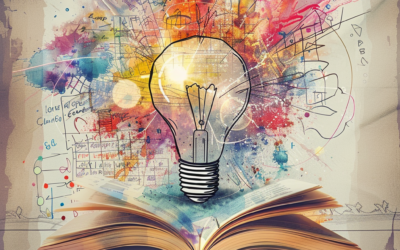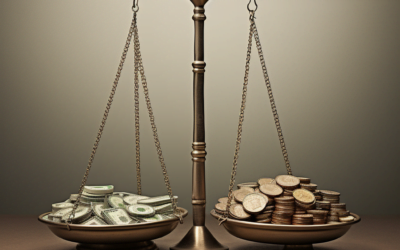In fast food restaurants & food courts you typically see a whole range of different drink sizes but often those retailers question offering the extreme size drinks because sales of them are relatively low. However, research from Duke University has suggested that drink purchases are altered by the portfolio of options available, and operators may be missing the role of the extreme sizes.
What the research showed was that customers who purchased a 16oz drink when a 12oz was available, later chose a 21oz when the 12oz was removed because where the 12oz was previously the “small” when its removed the 16oz becomes “small”. So people think more about the size of the drink relative to the other options than its absolute size. Continuing this pattern at the other end of the scale, people who purchased a 21oz drink (when 32oz was the largest), moved up to a 32oz drink when a 44oz drink was introduced.
So by adding (or subtracting) sizes at the extreme ends of the portfolio its possible to shift the demand curve because people think more in terms of small, medium & large than what the actual sizes are. Of course the next question is how this influences price perception, which the study did not touch on.
Source: University of Chicago Press Journals
![Reblog this post [with Zemanta]](http://img.zemanta.com/reblog_e.png?x-id=b5742e2f-3c84-487e-b683-1d1f8dd4f875)



